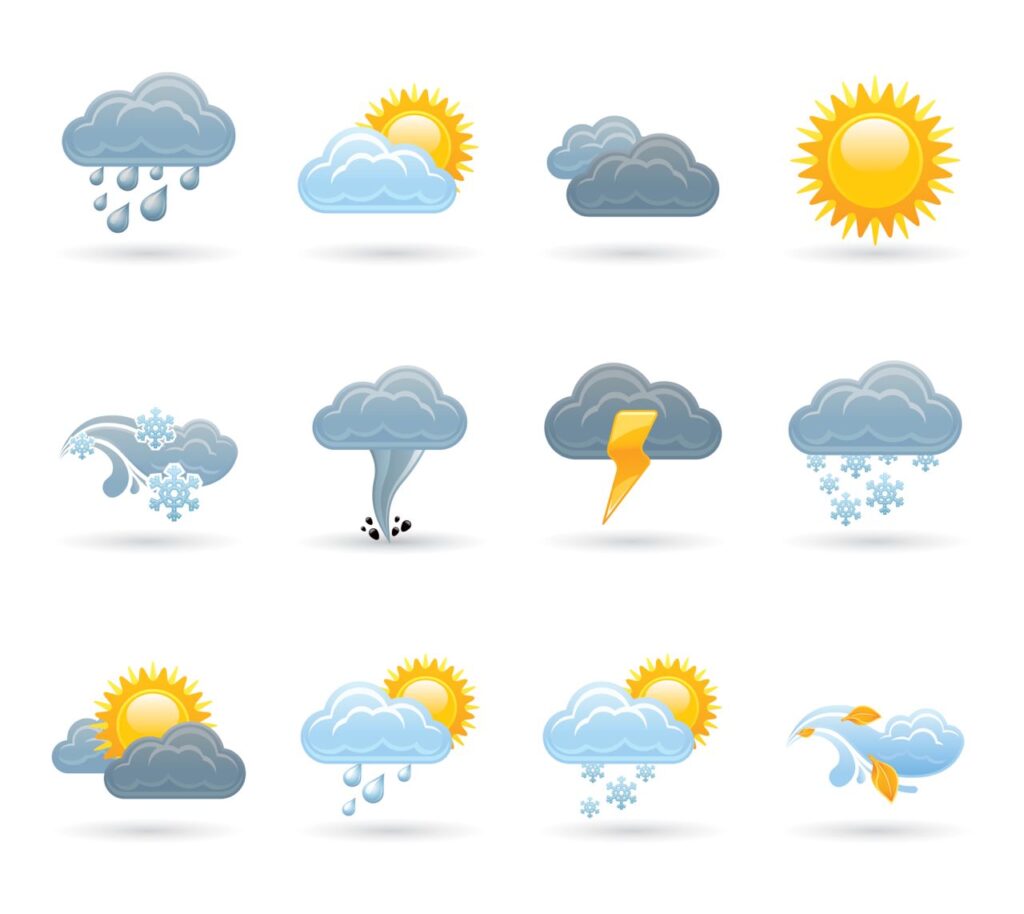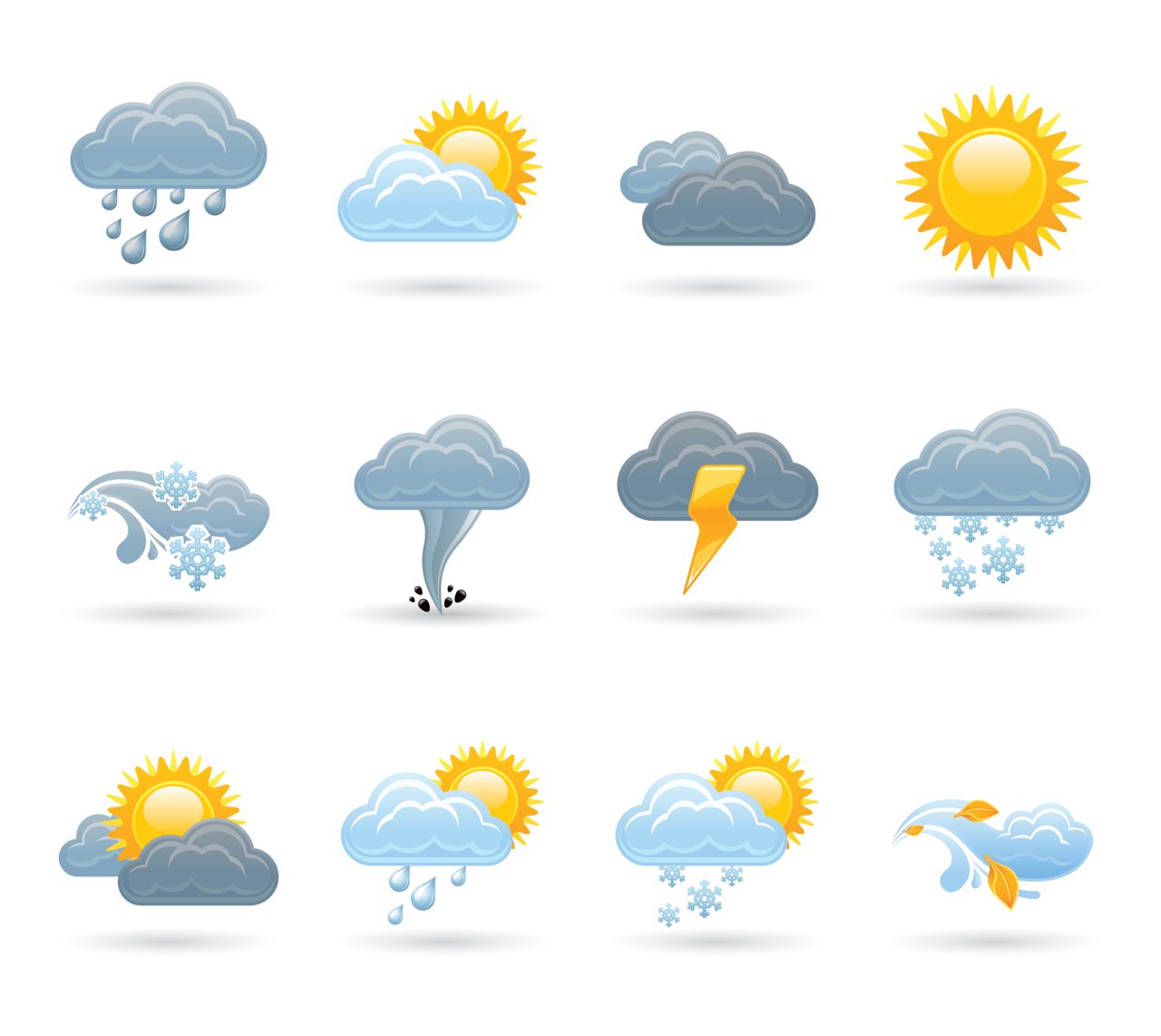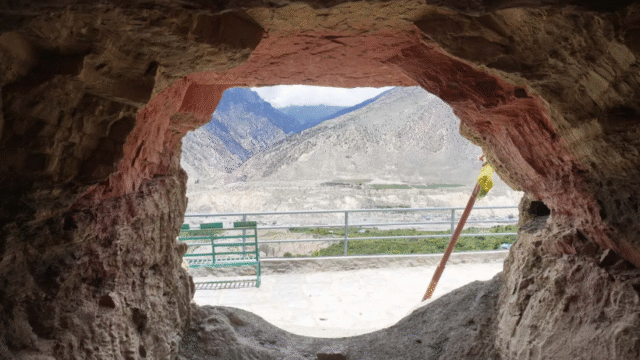The Weather Forecasting Division has reported that the current weather conditions in Nepal are being influenced by the combined effects of westerly and local winds. In addition, there is a partial impact from moisture-laden winds originating from the Bay of Bengal and the Arabian Sea, contributing to increased cloud cover and sporadic rainfall across various parts of the country.
According to the Division, generally cloudy climate has been forecasted over the hilly regions, while other parts of the country are expected to experience partly cloudy skies throughout the day. In some areas, particularly in the hilly belts, light rainfall accompanied by thunder and lightning is likely.

Furthermore, high hills and mountainous regions are expected to witness light rain and snowfall, making travel and outdoor activities in those regions potentially hazardous. Authorities advise people in these areas to remain alert and take necessary precautions against sudden climate changes.
Weather of Nepal
As the day progresses into night, weather conditions are expected to change slightly. The hilly regions along with Madhes, Gandaki, Karnali, and Sudurpaschim provinces, are likely to experience partially to generally cloudy skies during the nighttime. Meanwhile, other parts of the country are predicted to remain relatively clear.
The Weather Forecasting Division has urged travelers, trekkers, and residents, particularly in elevated areas, to stay updated with climate alerts and follow safety guidelines, especially given the potential for lightning and low visibility due to cloud cover and precipitation.

These weather patterns are typical during transitional seasons in Nepal and are influenced by dynamic interactions between local systems and larger regional wind flows. The presence of water vapor from major seas such as the Bay of Bengal and the Arabian Sea adds to the atmospheric instability, leading to localized thunderstorms and brief but intense rain episodes.
Residents and farmers in the affected areas are also advised to take caution, especially those in mountainous regions where light snowfall may disrupt regular activities. Climbers and trekkers are encouraged to seek weather updates frequently and delay any high-altitude excursions if necessary. As Nepal experiences this mixed weather pattern, the Meteorological Division will continue to monitor developments and issue timely updates.






